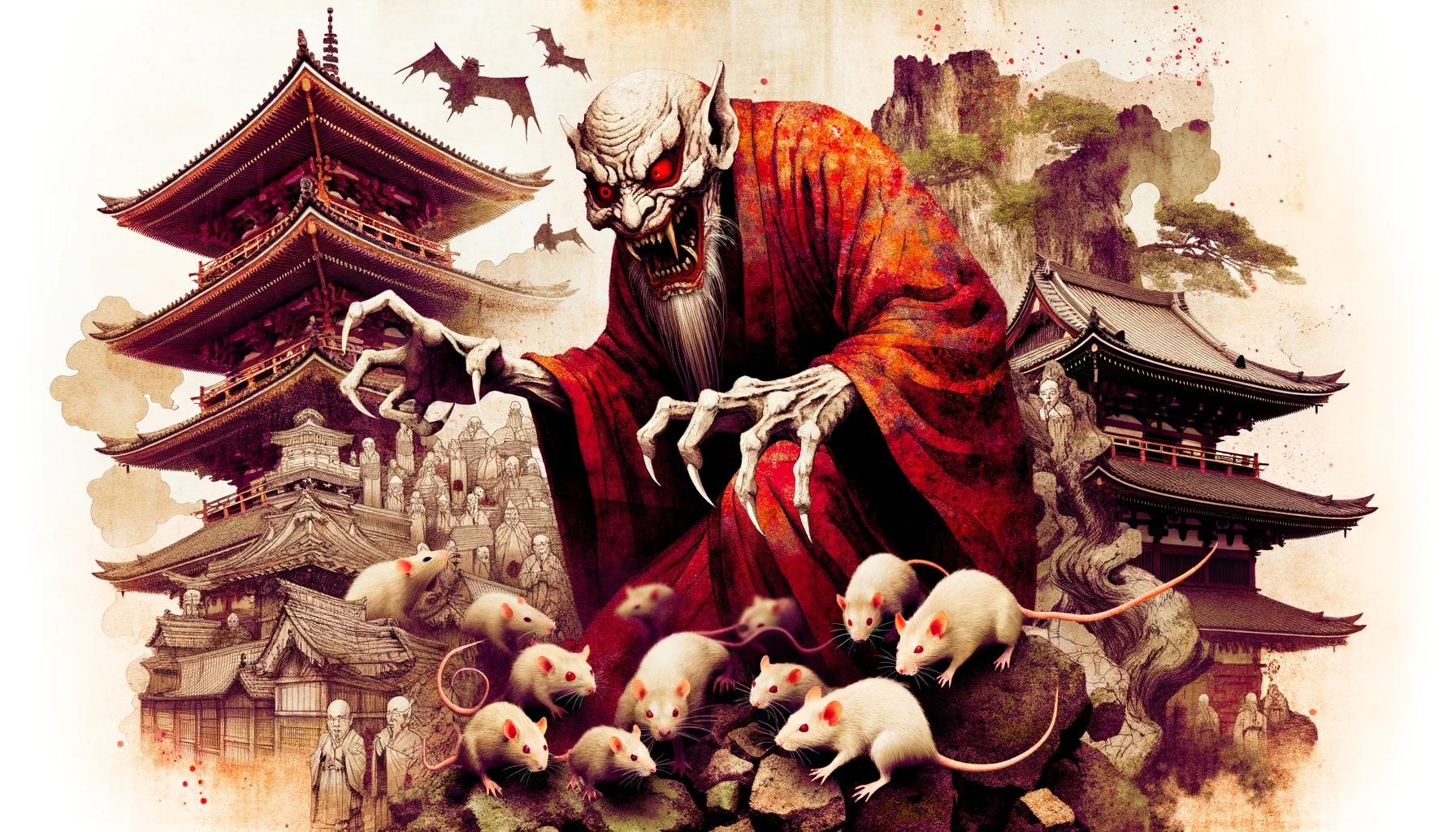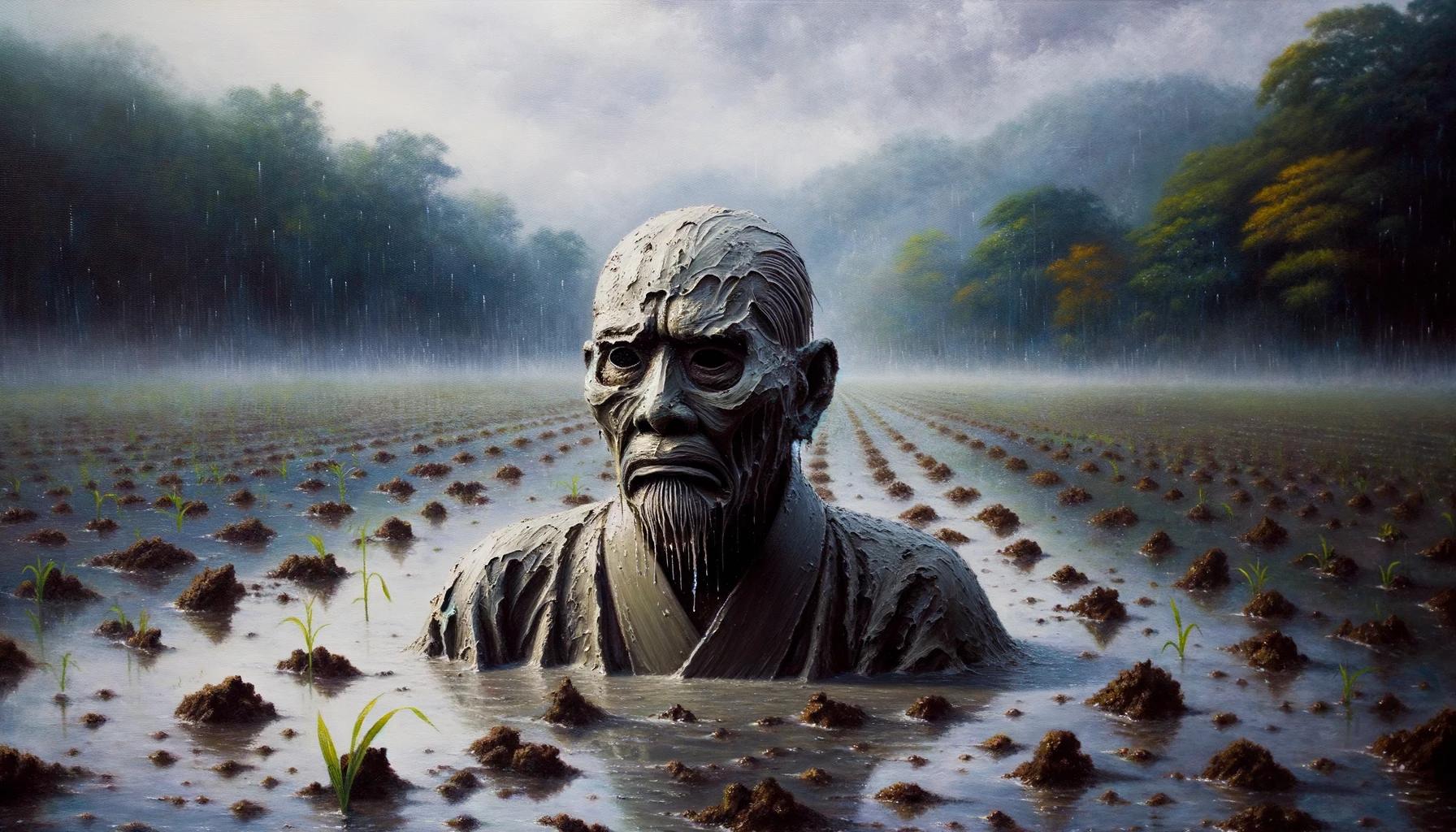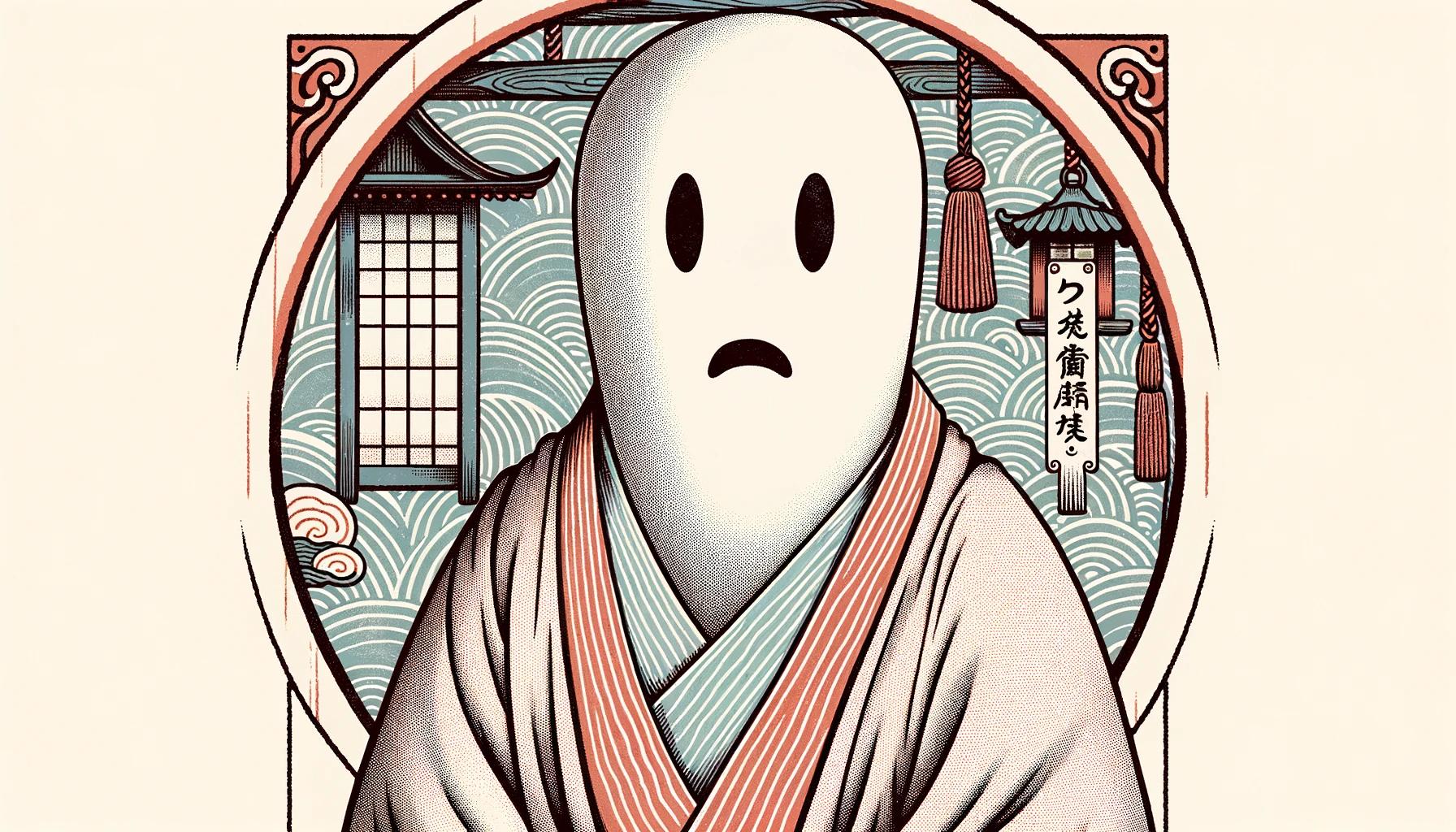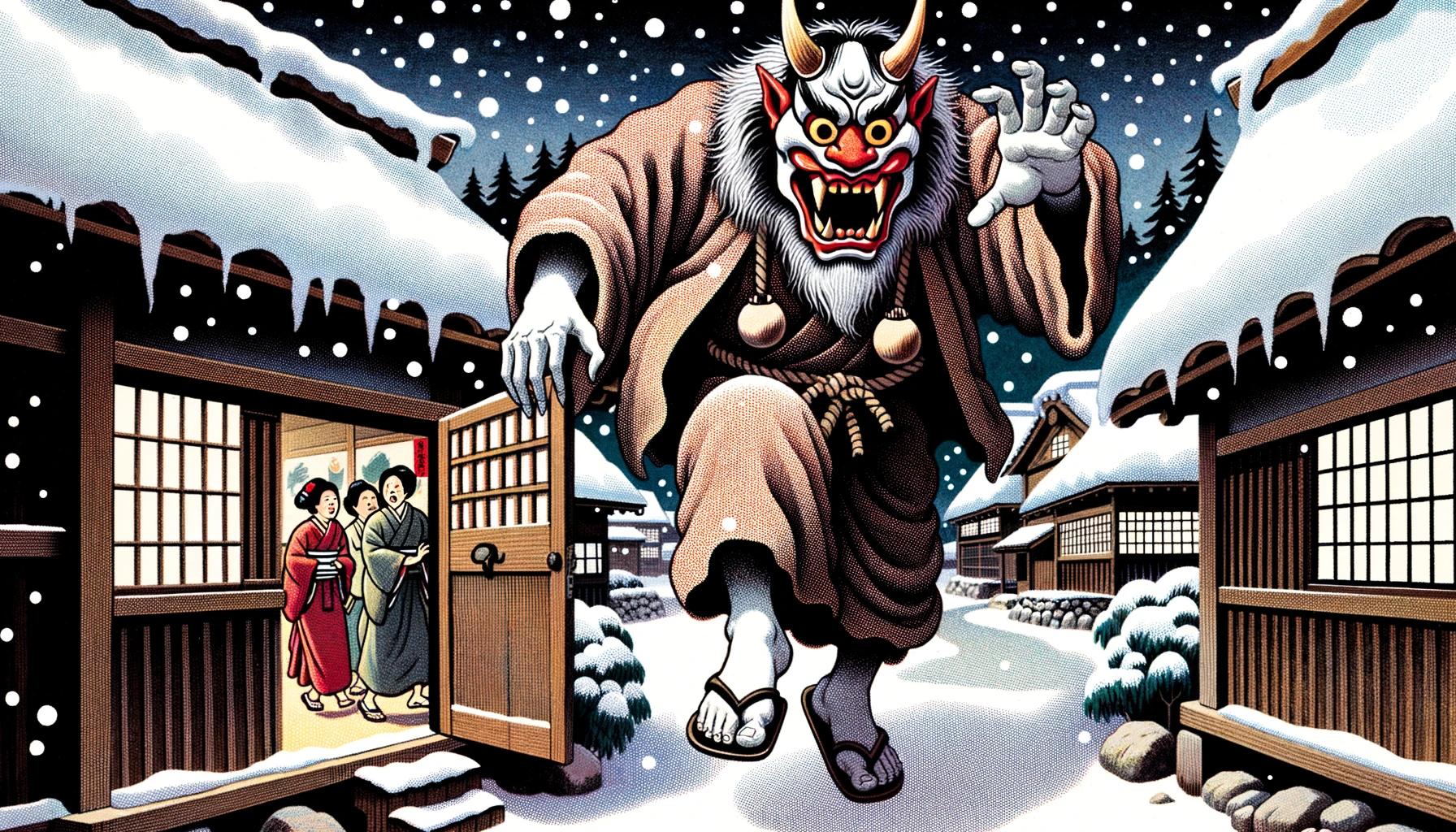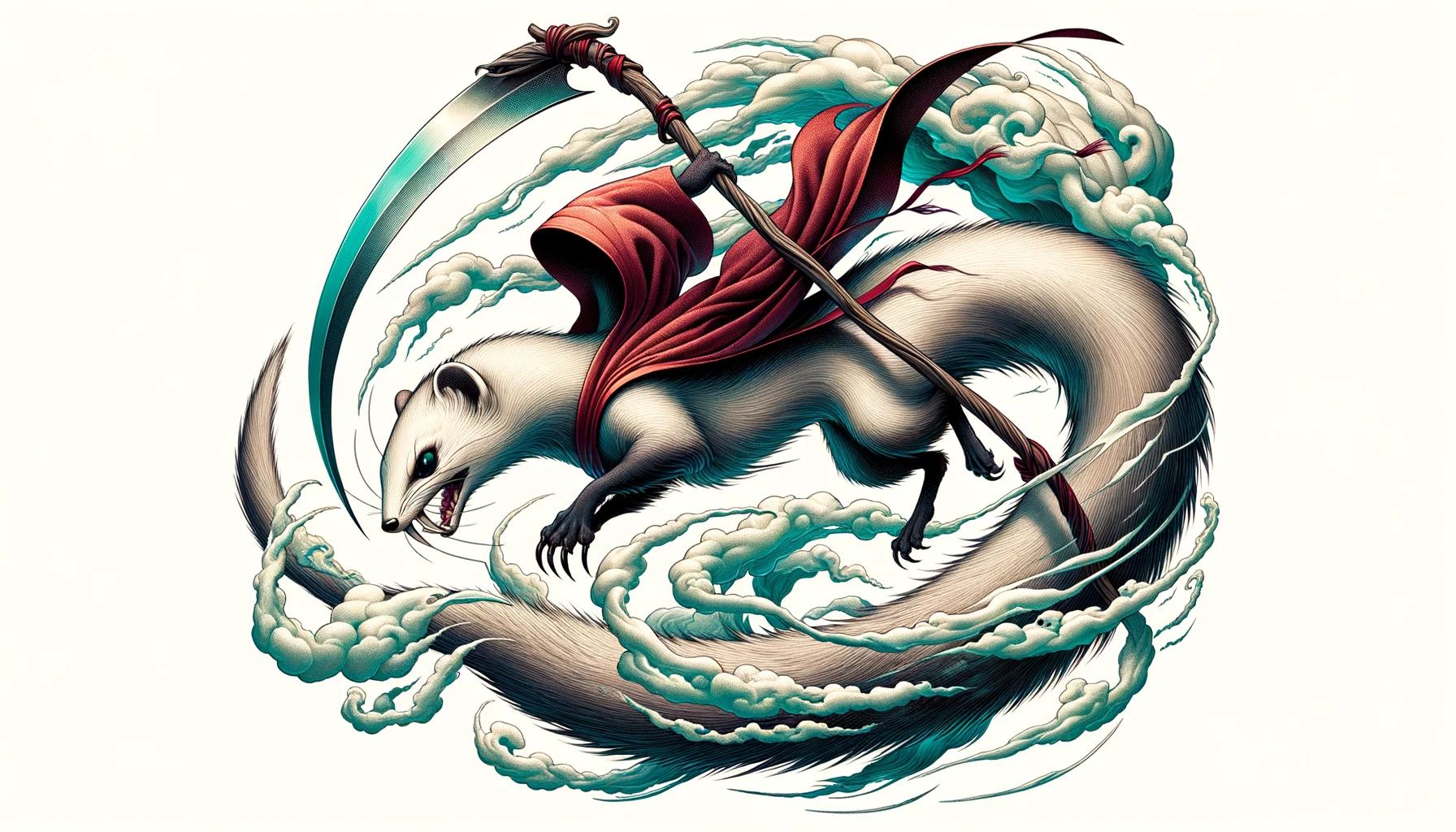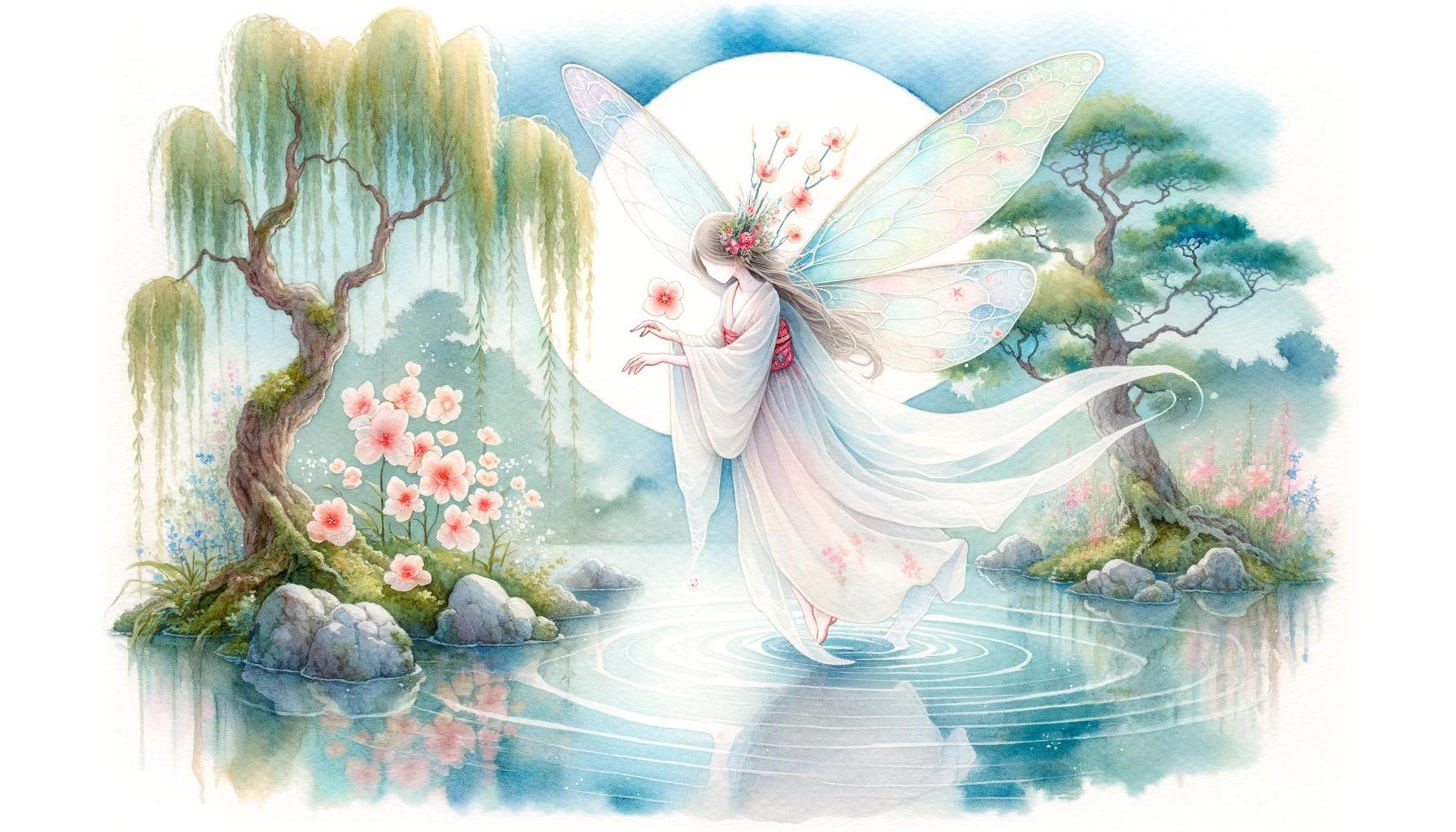Tesso Yokai: Unveiling the legend of the vengeful spirit in American folklore
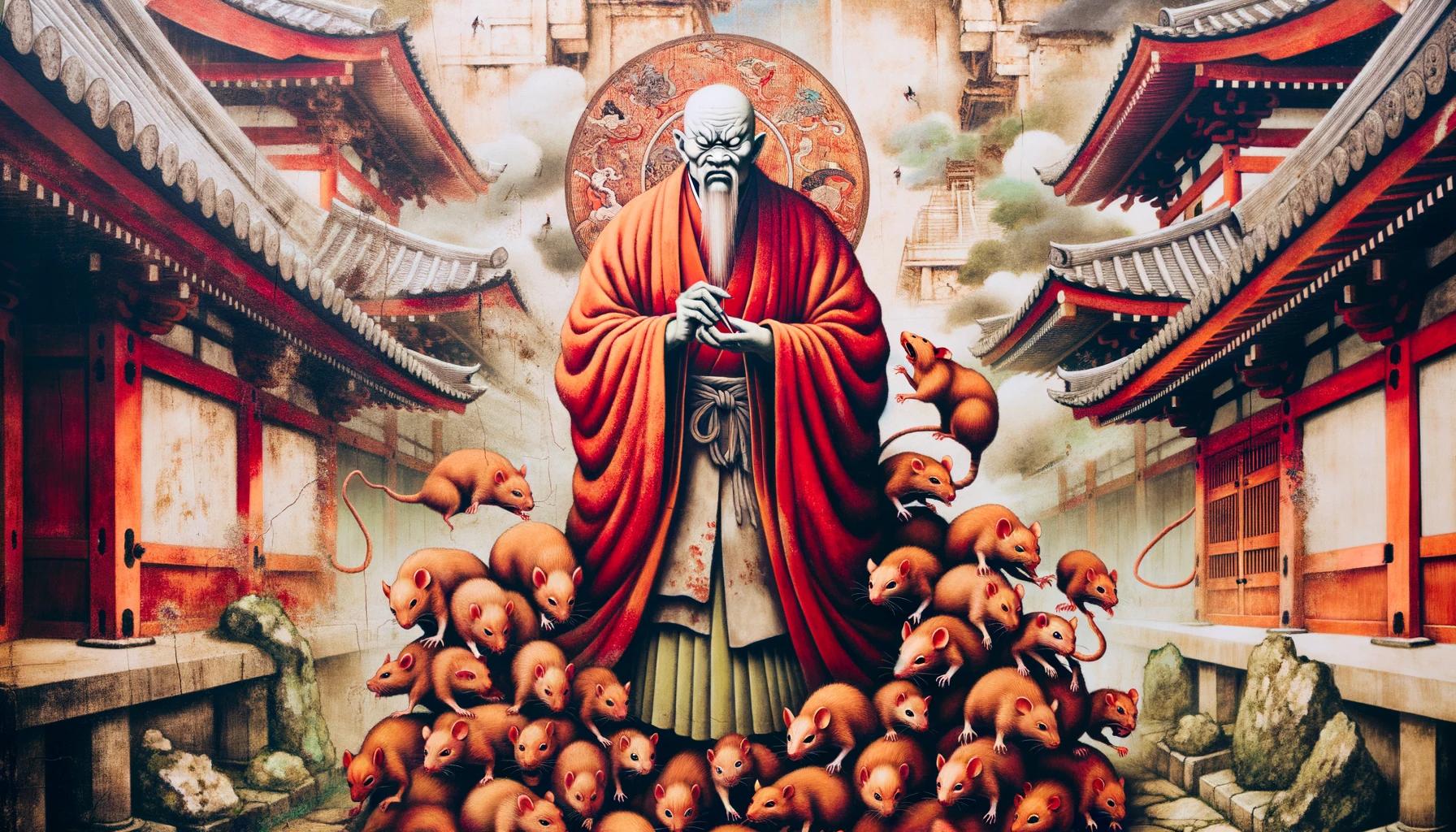
Tesso Yokai is a legendary creature in Japanese folklore. This article explores the origins, story, and wrath of Tesso, as well as its lasting legacy. Discover the symbolism behind the construction of Raigō Shrine and the influence of Tesso Yokai in literature and culture.
Uncover the historical basis and significance of conflicts between temples, including Raigō’s unfulfilled request. Delve into the themes of betrayal, vengeance, and the importance of honoring promises. Plus, find answers to frequently asked questions about Tesso Yokai’s origins and impact.
The Legend of Tesso Yokai
Origins and Background
Tesso Yokai is a legendary creature deeply rooted in Japanese folklore. Its origins are shrouded in mystery, with tales passed down through generations. Tesso is believed to have emerged from the spirit of Raigō, a once devout monk residing in the Mii-dera monastery in Shiga prefecture.
The Story of Raigō
Raigō, a monk known for his unwavering faith, prayed fervently for Emperor Shirakawa to have an heir. His prayers were eventually answered when Prince Taruhito was born. Grateful for this blessing, the Emperor promised to grant any wish Raigō desired.
Seeking to establish an ordination hall at Mii-dera to train new priests, Raigō made his request. However, influenced by rival temple Enryaku-ji, the Emperor betrayed his promise. Fueled by indignation, Raigō embarked on a hunger strike as a form of protest.
Transformation into Tesso
After 100 days of the hunger strike, Raigō’s physical body perished, but his spirit transformed into a vengeful being consumed by anger towards the Emperor and Enryaku-ji. This malevolent spirit took the shape of a massive rat, becoming Tesso Yokai. With its body as hard as stone and teeth and claws as strong as iron, Tesso summoned an enormous army of rats to wreak havoc.
This transformation marked the beginning of Tesso’s wrathful rampage, ultimately leading to the destruction of Enryaku-ji and causing widespread chaos and devastation throughout Kyoto.
- Revenge on the Emperor
- Calling Forth the Army of Rats
- Destruction of Enryaku-ji
This legendary tale of Tesso Yokai’s wrath serves as a cautionary reminder about the consequences of broken promises and the power of resentment.
The story of Raigō and his transformation into Tesso continues to captivate audiences, leaving an enduring legacy in Japanese folklore and cultural works.
The Wrath of Tesso
Tesso Yokai’s wrath was unleashed upon the Emperor and the Enryaku-ji monastery, leaving a trail of devastation in its wake.
Tesso’s Revenge on the Emperor
Filled with anger and resentment, Tesso sought revenge on the Emperor who broke his promise to Raigō. The vengeful spirit manifested in a haunting vision to the young Prince Taruhito, leading to the untimely death of the heir.
With the Emperor once again left without an heir, Tesso’s curse grew stronger, fueling his desire for retribution.
The Army of Rats
Tesso, transformed into a giant rat, summoned a massive army of rats to exact his revenge. These rats, as strong as iron with teeth and claws like steel, swarmed the streets of Kyoto before ascending Mount Hiei.
They finally arrived at Enryaku-ji, causing havoc and destruction as they gnawed through walls, doors, and precious artifacts of the temple. Even the revered statues of Buddha were not spared from their voracious appetite.
Destruction of Enryaku-ji
The onslaught of Tesso’s army of rats left Enryaku-ji in ruins. The once illustrious temple suffered immense damage, with its roofs, floors, and walls mutilated by the relentless rodents. Valuable sutras, scrolls, and books were devoured, leaving a void in the temple’s wisdom and heritage.
The destruction of Enryaku-ji stood as a testament to Tesso’s vengeful power and the consequences of broken promises.
The Legacy of Tesso
The Construction of Raigō Shrine
The construction of Raigō Shrine stands as a testament to the enduring legacy of Tesso Yokai. Located in Mii-dera, this shrine was built in honor of Raigō, the monastic who transformed into the vengeful spirit Tesso.
Its establishment was a gesture to appease the wrathful spirit and commemorate Raigō’s tragic fate. The shrine serves as a reminder of the consequences of broken promises and the power of unresolved resentment.
Symbolism of Facing North
Unlike traditional Buddhist buildings that face east, Raigō Shrine was deliberately constructed facing north. This unconventional orientation holds symbolic significance, representing the direction from which Tesso’s fury originated. The deliberate choice of facing north showcases the determination to confront and reconcile with the spirit’s anger, embracing the opportunity for redemption and resolution.
Influence in Literature and Culture
The story of Tesso has captured the imaginations of authors and artists throughout history. Mentioned in renowned works such as the epic Japanese poem ‘Heike Monogatari’ and Takizawa Bakin’s ‘Raigō Ajari Kaisoden’ illustrated by Katsushika Hokusai, Tesso’s tale has left a lasting impact on Japanese literature.
Additionally, Tesso Yokai has inspired contemporary authors like Natsuhiko Kyogoku, who crafted the mystery novel ‘Tesso no Ori’ based on this fascinating legend.
The influence of Tesso extends beyond literature, permeating into various aspects of Japanese culture.
The imagery of Tesso and its army of rats have been depicted in artwork, theater performances, and even video games, captivating audiences with its dark and haunting allure. This enduring presence in popular culture serves as a testament to the enduring fascination and intrigue surrounding Tesso Yokai.
Remember that Tesso Yokai, while largely a fictional creation, is rooted in historical contexts and themes.
The conflicts between Mii-dera and Enryaku-ji, the unfulfilled request of Raigō, and documented incidents of rat infestations in temples lend credibility to the origins and significance of this captivating legend.
Exploring the legacy of Tesso Yokai sheds light on the consequences of betrayal, the power of vengeance, and the importance of honoring promises.
It also underscores the need for appeasement and understanding when dealing with resentful spirits. As we reflect on this captivating tale, let it serve as a timely reminder that history and folklore alike continue to shape our understanding of the world around us.
Historical Basis and Significance
The legend of Tesso Yokai is deeply rooted in historical conflicts and events that took place between the Mii-dera and Enryaku-ji temples. These religious institutions, both prominent in the Shiga prefecture, were known for their rivalry and occasionally contentious relationship.
Conflicts between Mii-dera and Enryaku-ji
The temples of Mii-dera and Enryaku-ji had a history of territorial disputes and power struggles. Both sought to exert influence and control over the region, leading to conflicts and tensions. It is within this context that the story of Tesso Yokai emerges, reflecting the real-life rivalries between these religious institutions in ancient Japan.
Raigō’s Unfulfilled Request
Raigō, the monastic figure at the center of the Tesso Yokai legend, made a request to the Emperor Shirakawa for the construction of an ordination building at Mii-dera. This request was denied due to pressure from Enryaku-ji, marking a betrayal of the promise made by the Emperor.
Raigō’s unfulfilled request highlights the power dynamics and conflicts that existed between these temples during that era.
Rat Infestations in Temples
In addition to the historical conflicts, there were recorded instances of temples and libraries being plagued by rat infestations. These vermin posed a threat to the preservation of valuable sacred texts, including sutras and scrolls.
While the extent of these infestations is not specifically linked to Tesso Yokai in the historical records, it adds a layer of authenticity to the legend, as the existence of such troubles during that time is well-documented.
The historical basis and significance surrounding Tesso Yokai shed light on the underlying tensions and rivalries between religious institutions in ancient Japan. The conflicts between Mii-dera and Enryaku-ji, Raigō’s unfulfilled request, and the presence of rat infestations all contribute to the intricate tapestry of this captivating legend.
Exploring Themes in Tesso Yokai
In this section, we delve into the various themes that are intertwined within the captivating legend of Tesso Yokai. From betrayal and vengeance to the importance of honoring promises and appeasing wrathful spirits, these themes shed light on the profound lessons embedded within the story.
Furthermore, we examine the enduring presence of Tesso Yokai in popular culture, where its influence can be seen in various artistic mediums and adaptations.
Betrayal, Vengeance, and Resentment
The legend of Tesso Yokai exemplifies the consequences of betrayal and the destructive power of resentment. Raigō’s fervent prayers and loyalty to the Emperor Shirakawa were met with the breaking of a promise, leading to his tragic transformation into the vengeful Tesso.
This betrayal fuelled his resentment, resulting in a relentless quest for revenge. The story serves as a cautionary reminder of the repercussions that can arise from betrayal and the importance of fostering trust and keeping one’s word.
Honoring Promises and Appeasing Spirits
Tesso Yokai’s wrath highlights the significance of honoring promises and avoiding the anger of vengeful spirits. Raigō’s request for the construction of the ordination building was denied by the Emperor, setting in motion a chain of events that unleashed Tesso’s fury.
The construction of Raigō Shrine acted as an appeasement, serving as a testament to the importance of fulfilling promises and showing respect to spirits. This theme emphasizes the need for integrity and gratitude in our actions, recognizing the potential consequences of unkept promises.
Tesso Yokai in Popular Culture
The enduring legend of Tesso Yokai has permeated popular culture, inspiring numerous artistic interpretations and adaptations. Whether it’s the epic poem ‘Heike Monogatari’ or Takizawa Bakin’s ‘Raigō Ajari Kaisoden,’ illustrated by Katsushika Hokusai, Tesso’s story has been immortalized in literature.
Additionally, modern authors like Natsuhiko Kyogoku have crafted captivating narratives, such as ‘Tesso no Ori,’ based on this legendary creature. Through its presence in literature and other forms of art, Tesso Yokai continues to captivate and resonate with audiences, further reinforcing its place in popular culture.
FAQs – Tesso Yokai
What is the Tesso yokai?
Tesso yokai is a malevolent creature deeply rooted in Japanese folklore. It is believed to be the transformed spirit of Raigō, a monk from Mii-dera who died filled with anger and resentment.
Tesso takes the form of a gigantic ironclad rat with teeth and claws as strong as iron. Its name is derived from the combination of the Japanese words “te” meaning iron and “sō” meaning rat.
Who was Raigō and what happened to him?
Raigō was a monk living in the Mii-dera monastery in Shiga prefecture. He fervently prayed for Emperor Shirakawa to have an heir, and his prayers were answered with the birth of Prince Taruhito.
However, when Raigō asked the emperor to fulfill his promise of building an ordination hall, the emperor succumbed to pressure from the rival Enryaku-ji temple and reneged on his promise. Raigō, filled with indignation, began a hunger strike as a form of protest and ultimately died after 100 days.
How did Tesso unleash an army of rats?
After Raigō’s death, his spirit transformed into Tesso yokai. Fueled by anger towards the emperor and Enryaku-ji, Tesso summoned a massive army of rats. These rats invaded Kyoto, ascended Mount Hiei, and ultimately reached Enryaku-ji.
The rat army wreaked havoc, gnawing on walls, doors, and temple treasures, attacking monks, and even devouring valuable scriptures, scrolls, and Buddha statues.
What was the significance of building Raigō Shrine?
To appease the vengeful spirit of Raigō, a shrine was constructed in Mii-dera.
Raigō Shrine stands as a testament to the enduring legacy of Tesso yokai. It deviates from the usual east-facing orientation of Buddhist buildings, instead facing north, symbolizing the direction from which Tesso’s fury originated.
Are there any surviving historical records of Tesso’s story?
While the legend of Tesso yokai is primarily rooted in folklore, many of the characters and locations mentioned have historical bases. Conflicts between Mii-dera and Enryaku-ji temples during Raigō’s time are documented, as is Raigō’s unsuccessful request for funding from Emperor Shirakawa.
Historical records also mention problems with rodent infestations in temples and libraries that housed sacred texts.
.

